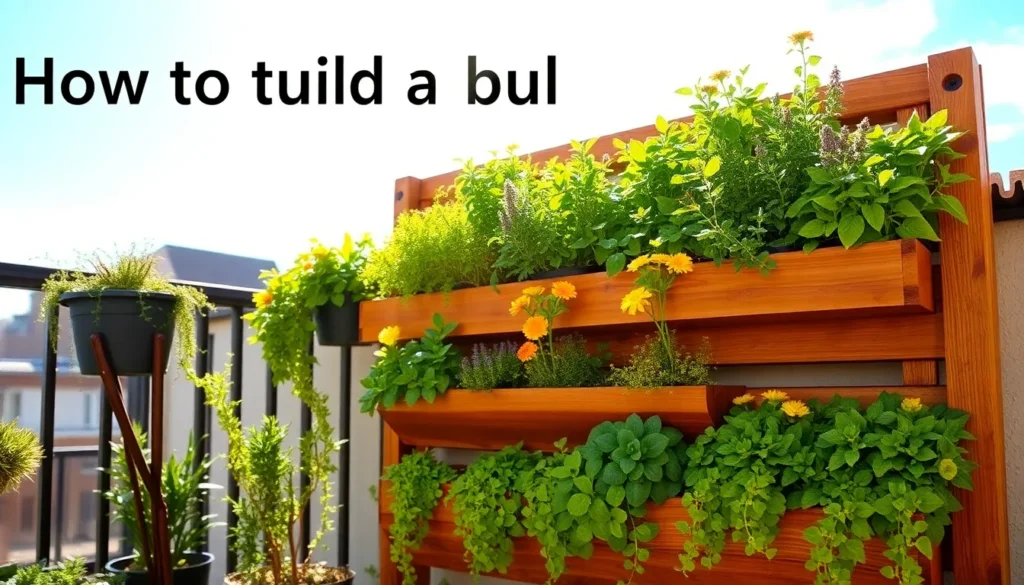Imagine transforming a blank wall or a small urban balcony into a lush, verdant haven that not only delights the eyes but also nourishes the soul. Vertical gardening, an innovative approach that maximizes space and creativity, allows you to cultivate a thriving garden regardless of your living area’s size. Whether you’re just beginning your gardening journey or have years of green-thumb experience, building a vertical garden can open up new possibilities for growing your favorite plants. It’s an exciting way to turn limited space into an abundant oasis, offering both aesthetic and functional benefits.
In this article, we will guide you through the essentials of creating your own vertical garden, ensuring your project is both rewarding and manageable. You’ll learn about selecting the right structures and materials, choosing plants that thrive in vertical settings, and maintaining your garden with ease. Our step-by-step advice aims to simplify the process, empowering you to succeed regardless of your gardening expertise. By the end of this journey, you’ll be equipped with the knowledge and confidence to bring your vertical garden vision to life, creating a sanctuary that reflects your unique style and passion for nature.
Select an Ideal Wall Space
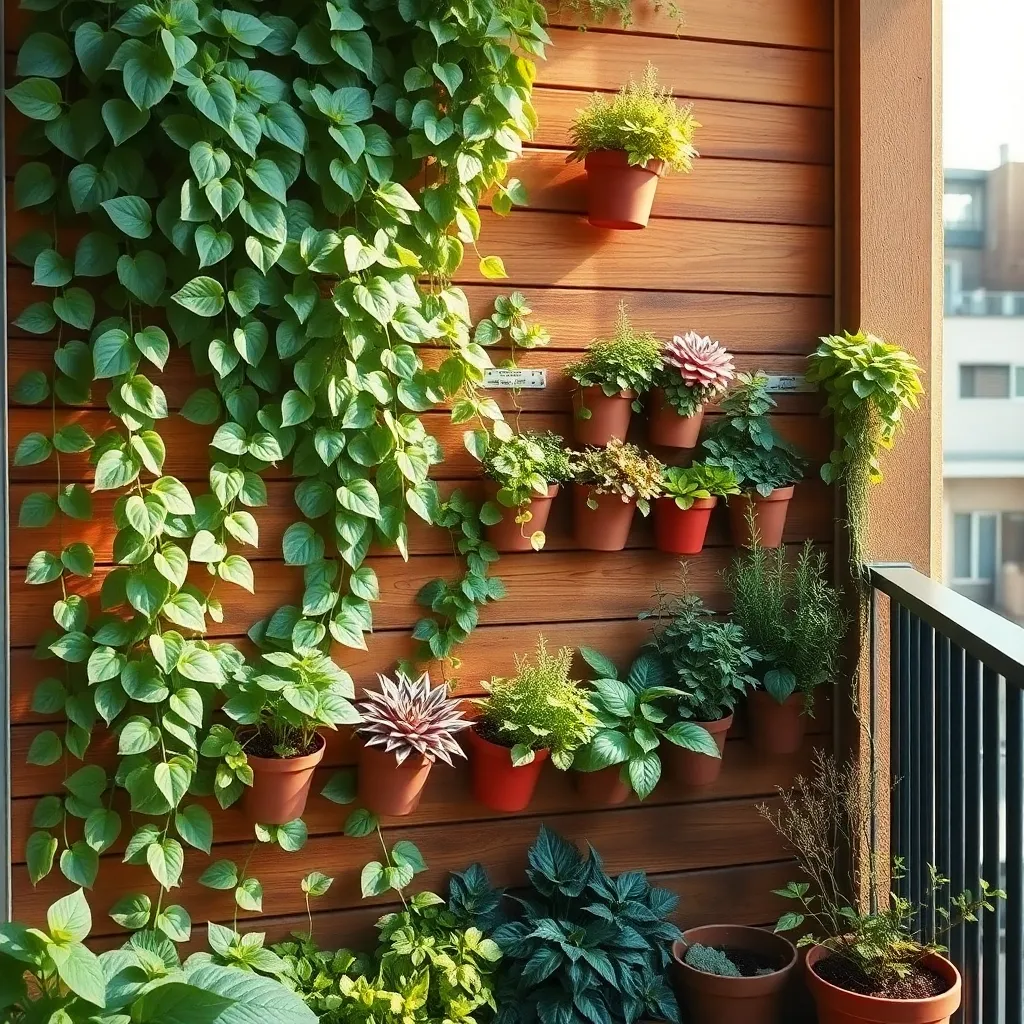
When selecting an ideal wall space for your vertical garden, consider the amount of sunlight it receives. Most plants require at least six hours of sunlight daily, so choose a spot that meets this requirement or opt for shade-tolerant plants if sunlight is limited.
Evaluate the wall’s structural integrity to support the weight of the garden. Ensure the wall material can withstand moisture, as watering will inevitably create damp conditions.
Access to water is another critical factor to keep in mind. Install your vertical garden near a water source or plan for an efficient watering system, such as drip irrigation, to maintain healthy plant growth.
For gardeners seeking a challenge, consider creating a self-watering system using a rainwater collection setup. This not only conserves water but also provides a more sustainable approach to maintaining your vertical garden.
Gather Necessary Materials
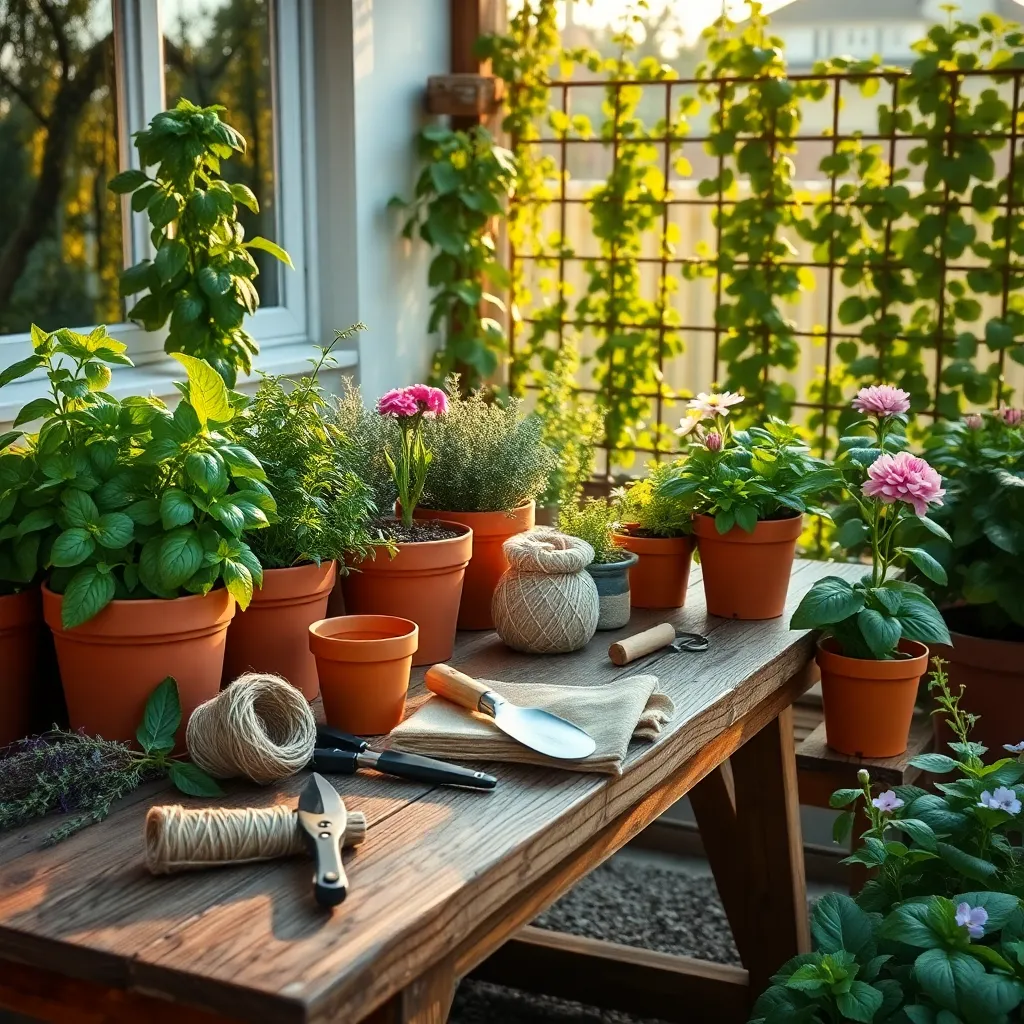
Before you start building your vertical garden, make sure to gather all the essential materials. This preparation will save you time and ensure a smooth gardening process. Begin by collecting a sturdy vertical frame or trellis, as it forms the backbone of your garden. You can choose from materials like wood, metal, or recycled pallets, depending on your aesthetic and budget.
Next, consider the type of containers or pockets you’ll use to hold your plants. Options include fabric pockets, pots, or recycled plastic bottles, each offering different advantages in terms of drainage and space. Ensure the containers have adequate drainage holes to prevent root rot and encourage healthy plant growth.
It’s essential to select the right soil mix for your vertical garden, as this will influence plant health and growth. Use a lightweight potting mix rich in organic matter to provide nutrients and retain moisture. For advanced gardeners, consider incorporating slow-release fertilizers or water-retaining crystals to support plants in challenging conditions.
Watering systems are critical for the success of vertical gardens, especially in warm climates. For beginners, a simple drip irrigation system can ensure consistent moisture without overwatering. Alternatively, experienced gardeners might opt for a more complex automated system to manage large or diverse plantings.
Install Support Framework
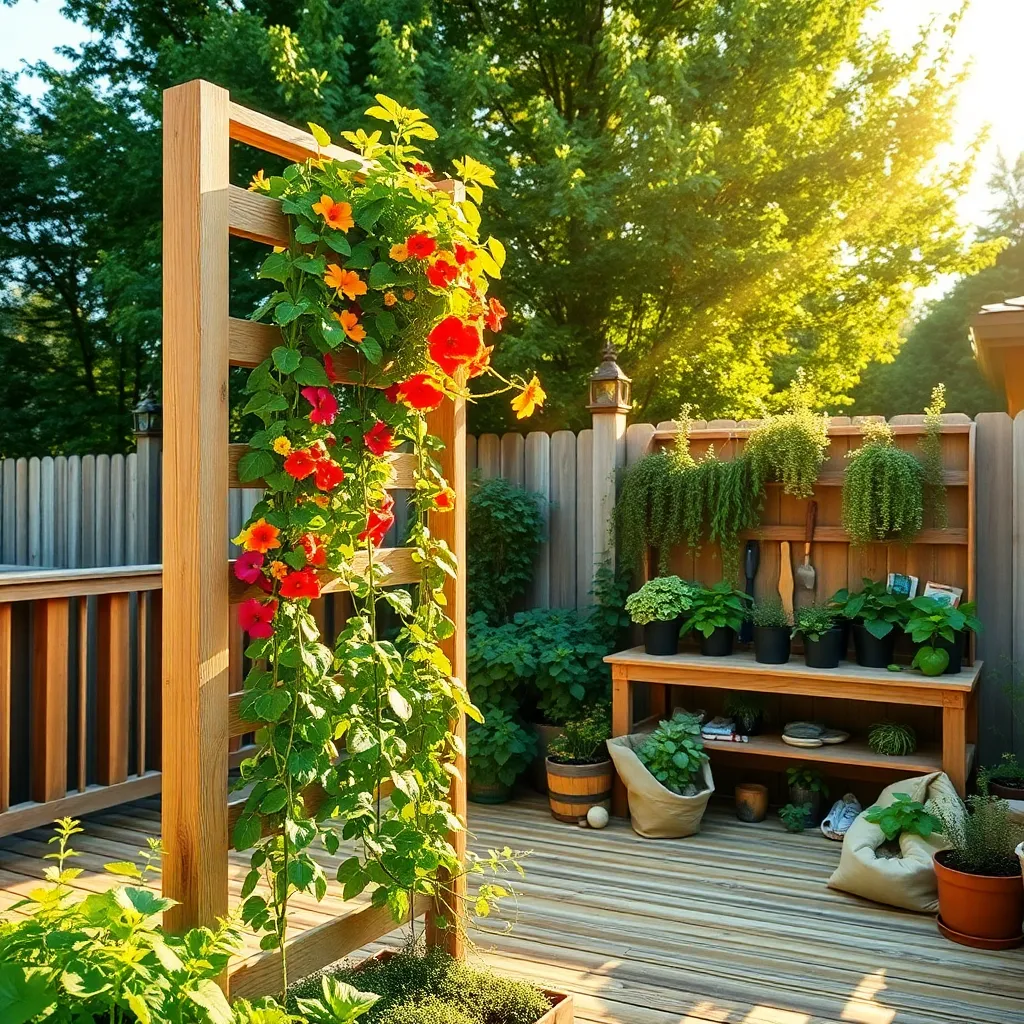
When installing a support framework for your vertical garden, begin by selecting a sturdy material such as wood, metal, or a durable plastic. These materials provide the necessary strength to hold your plants securely as they grow, ensuring that your vertical garden remains stable.
Consider the weight of both the plants and the containers when choosing your support framework. It’s crucial to ensure that your framework can handle the combined weight, especially when the plants are fully watered, to prevent any structural failure.
Position your support framework against a solid wall or fence to give your vertical garden additional stability. If you’re working on a freestanding structure, use anchors or braces to secure it firmly to the ground to withstand wind and other environmental factors.
For beginners, a simple trellis or grid pattern can be an excellent starting point. This design allows easy access for planting and maintenance, while also providing ample support for climbing plants such as beans or peas.
Experienced gardeners might explore more complex designs like modular systems or tiered layers. These advanced setups offer flexibility and maximize space, enabling you to cultivate a wider variety of plants with differing growing requirements.
Whichever design you choose, ensure that climbing plants have something to grip by incorporating horizontal and vertical elements in your framework. Use twine or netting to guide plants and encourage upward growth, promoting healthier plants and a more visually appealing garden.
Choose Suitable Plants
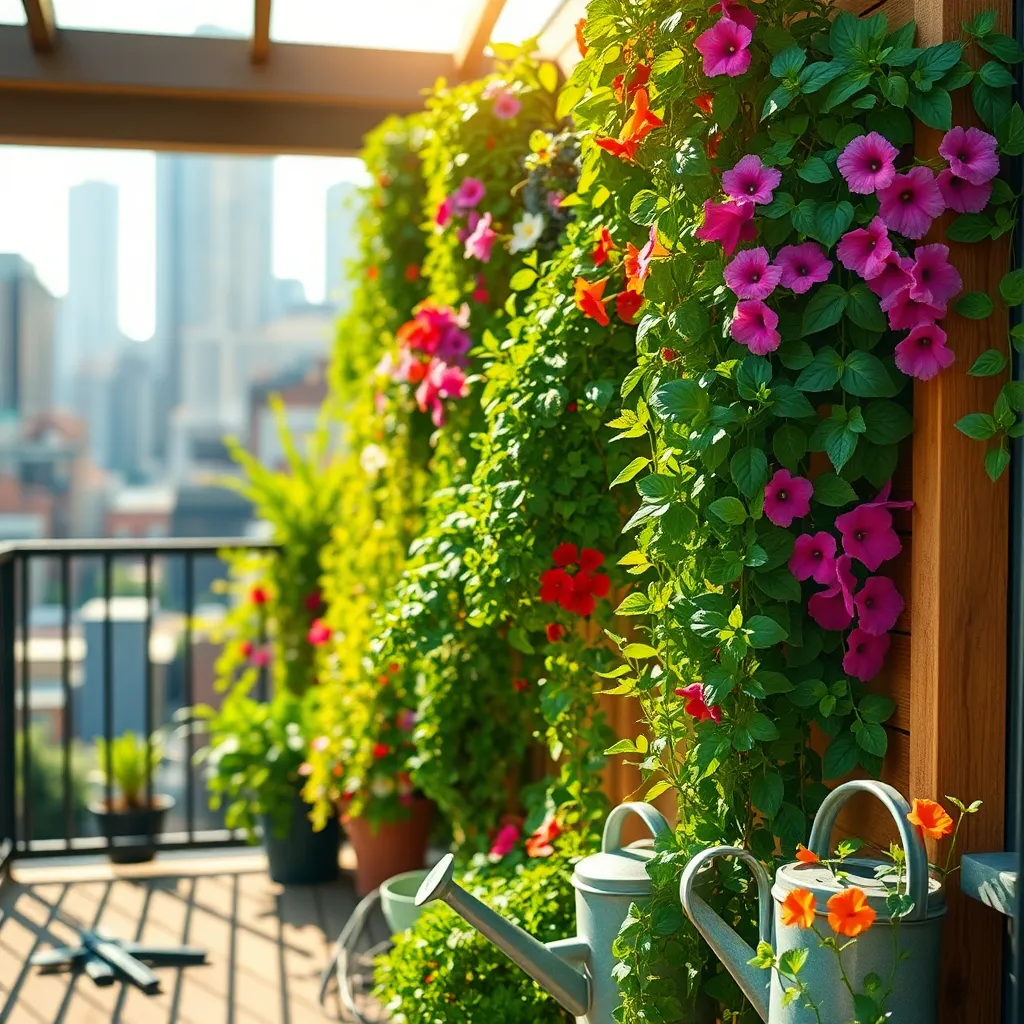
Choosing the right plants for your vertical garden is crucial to its success. Consider the *available light*, as this will dictate whether you should opt for sun-loving or shade-tolerant varieties.
For a sunny wall, plants like *herbs*, *succulents*, and *some vegetables* such as cherry tomatoes thrive well. Ensure these plants receive at least six hours of sunlight daily and have well-draining soil to prevent root rot.
If your vertical garden is in a *shadier spot*, go for plants like *ferns*, *ivy*, or *begonias* that flourish with indirect light. These plants generally require less frequent watering but enjoy consistently moist soil, so make sure to monitor soil moisture levels regularly.
Beginners might start with hardy plants like *pothos* or *spider plants*, which are forgiving of minor care mistakes. These plants are adaptable to various light conditions and require watering only when the top inch of soil feels dry.
On the other hand, experienced gardeners can experiment with more demanding plants like *strawberries* or *peas*, which require more precise care. These plants need specific *fertilization routines* and regular pruning to maximize yield and maintain health.
Arrange and Secure Plants

When arranging plants in your vertical garden, consider both aesthetics and functionality. Position larger, bushier plants at the bottom to provide a stable base, while placing smaller, trailing plants higher up for a cascading effect.
It’s crucial to secure your plants properly to prevent them from toppling over. Use sturdy plant hooks or brackets, and ensure that pots or containers are tightly fastened to the vertical structure.
Choose soil that retains moisture yet drains well, such as a mix of peat moss and perlite. This will help prevent root rot and ensure that your plants receive adequate hydration without becoming waterlogged.
For beginners, watering every few days is typically sufficient, but adjust based on the specific needs of your chosen plants. More advanced gardeners might employ a drip irrigation system to automate watering and ensure consistent moisture levels.
Conclusion: Growing Success with These Plants
As we explored the intricate art of building a vertical garden, we uncovered five key relationship concepts that parallel nurturing personal connections: understanding foundational needs, fostering growth through consistent care, embracing creativity in problem-solving, cultivating patience, and celebrating shared achievements. These elements are essential not only in gardening but also in nurturing thriving relationships.
To start incorporating these principles today, consider dedicating a moment to identify one relationship that could benefit from a bit of nurturing. Perhaps it’s a conversation you’ve been putting off or a simple act of kindness that could make a difference. Begin this journey with small, intentional steps that reflect your commitment to growth.
We encourage you to bookmark this article as a handy reference guide for nurturing both your garden and your relationships. By revisiting these concepts, you can steadily enrich the connections that matter most in your life.
Remember, the seeds of effort you plant today can blossom into deeply fulfilling relationships tomorrow. As you embark on this path, envision a future where your relationships are as vibrant and resilient as the most flourishing garden. Save this guide, and let it inspire your journey toward lasting relational success.

